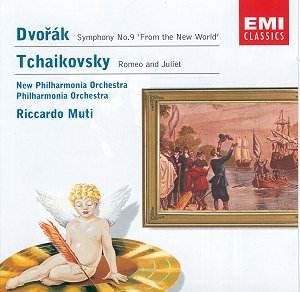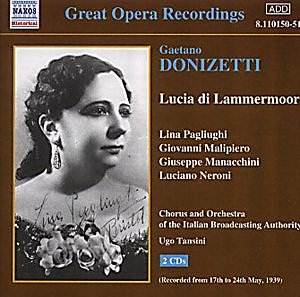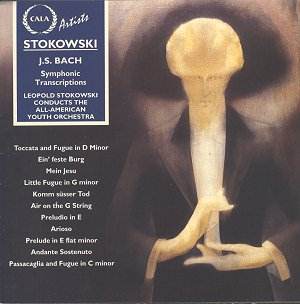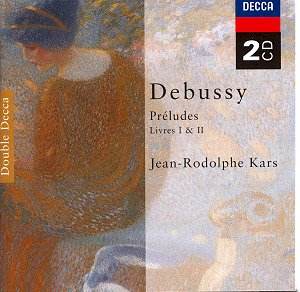 Composer: Antonín Dvořák
Composer: Antonín Dvořák
Works: Symphony No. 9 in E minor, Op. 95, ‘From the New World’; Fantasy Overture, ‘Romeo and Juliet’
Performers: New Philharmonia Orchestra; Philharmonia Orchestra
Recording: Recorded in No. 1 Studio, Abbey Road in May 1976 and March 1977
Label: EMI
Antonín Dvořák’s Symphony No. 9, often referred to as the ‘New World Symphony’, is a quintessential work that reflects the composer’s experiences in America, merging his Czech roots with the influences of African-American spirituals and Native American music. This symphony, alongside Tchaikovsky’s ‘Romeo and Juliet’, creates a compelling juxtaposition of two composers who, though separated by nationality and stylistic focus, share an emotional depth that captivates audiences. Riccardo Muti’s direction brings a thoughtful interpretation to both pieces, revealing layers of meaning and musicality that resonate through each performance.
The New Philharmonia Orchestra, aptly named for its recording of Dvořák’s symphony, exhibits a level of artistry that is commendable, particularly in the lush string sections and the clarity of the woodwinds. Muti’s careful preparation is evident, as phrases that may otherwise sound routine are transformed into moments of gripping intensity. The opening movement’s second subject, deftly articulated by the solo flute, is a highlight; it showcases not only the technical prowess of the player but also Muti’s ability to draw out lyrical beauty from the orchestral fabric. The warm recording quality enhances this performance, allowing for a transparency that reveals the intricate interplay of orchestral voices.
Contrastingly, the Scherzo is infused with sprightly rhythms, which Muti handles with a sense of buoyancy that invigorates the movement. The slow movement, often regarded as the emotional heart of the symphony, breathes with a spaciousness that invites reflection. The balance of chords in this section is creamy and inviting, creating a rich tapestry that envelops the listener. While the Trio section may feel slightly labored, it does not detract from the overall impact of the symphony, as the cumulative effect of the performance is both engaging and thought-provoking.
Turning to Tchaikovsky’s ‘Romeo and Juliet’, the performance under Muti’s baton captures the passionate essence of the piece. The opening’s pianissimo is executed with exquisite voicing, leading into sweeping string sections that convey both tragedy and eroticism. Muti’s interpretation, marked by an Italianate fervor, allows the ebb and flow of the musical narrative to unfold organically. Moments of climax, particularly towards the conclusion where the timpani heartbeat could benefit from a clearer presence, still resonate with dramatic finality, encapsulating the emotional intensity that defines Tchaikovsky’s work.
This recording, particularly at its budget price, emerges as a remarkable bargain. The engineering quality, which balances warmth with detail, harkens back to an era when such clarity was not always achievable in modern recordings. Compared to more recent interpretations, such as those by Iván Fischer with the Budapest Festival Orchestra, Muti’s readings offer a different but equally valid perspective on these masterworks. The emotional depth and technical execution exhibited here make it an essential addition to any classical music collection. The performances are compelling enough to stand alongside other notable recordings, establishing Muti’s interpretations as both historically relevant and artistically significant.



